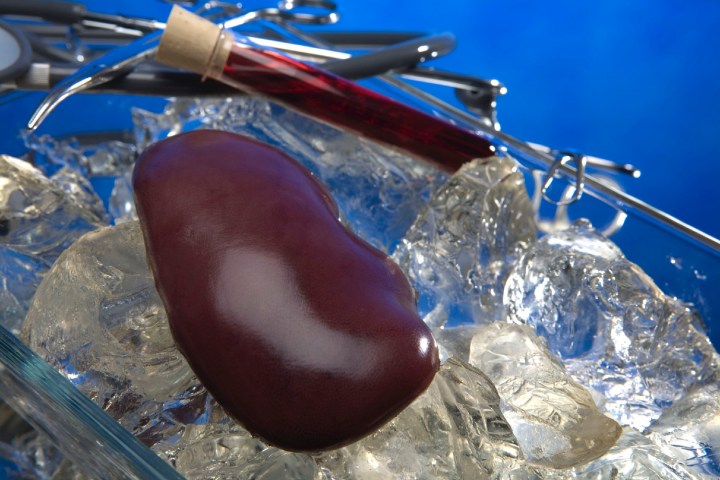
At issue is the small time window available between an organ being harvested and it being irreversibly damaged through lack of oxygen. Due to challenges in the thawing process, it’s not possible to reliably freeze them, either. This results in a shocking statistic: 60 percent of the hearts and lungs donated for transplants each year are discarded.
That could change with an exciting new piece of research, however. Scientists at Carnegie Mellon University, Clemson University, and the University of Minnesota — working with the biotech company Tissue Testing Technologies — have invented a new technique that can be applied to the “cryopreservation” process. It allows frozen organs to be quickly reheated in a way that doesn’t damage them.
“In our paper, our team [describes a] new ‘nano-warming’ technique,” co-author Navid Manuchehrabadi, a postdoctoral associate at the University of Minnesota, told Digital Trends. “Pig heart valves and blood vessels were infused with a cryoprotectant chemicals mixed with iron oxide nanoparticles, coated in silicon to make them biologically inert and keep them in the solution, and the samples were cooled in liquid nitrogen to -160 C (-256 F).”
For the thawing process, the sample was placed inside an electromagnetic coil designed to produce an alternating magnetic field. As the field flips back and forth, the particles move around and rapidly and are uniformly heated at rates of 100 to 200 degrees C per minute. This is between 10 and 100 times faster than previous methods.
“We were able to successfully wash away the iron-oxide nanoparticles from the sample following the warming — although further safety testing would be required before the technique could be used in patients,” Manuchehrabadi continued.
Although it’s still early stages, this work could have a profound impact. According to recent estimates, if just half of all unused organs were successfully transplanted, transplant waiting lists could be eliminated completely in just a couple of years.
Manuchehrabadi said he is confident the work they have done so far is scalable, meaning that the team should be able to move from larger tissues to full organs in the future — including larger ones like the kidney or liver.
Next the team will apply their discovery to rabbit kidneys, and they are working with one of the world’s leading experts on organ vitrification to do so. “We will begin with small animal organs and gradually scale up to large animal and then human organs,” he concluded. “Designing a magnetic RF coil system large enough for major human organs is going to be a critical step for nano-warming of human sized organs.”


